Your cart is currently empty!
Who Were The Most Famous Artists In The 1920s?
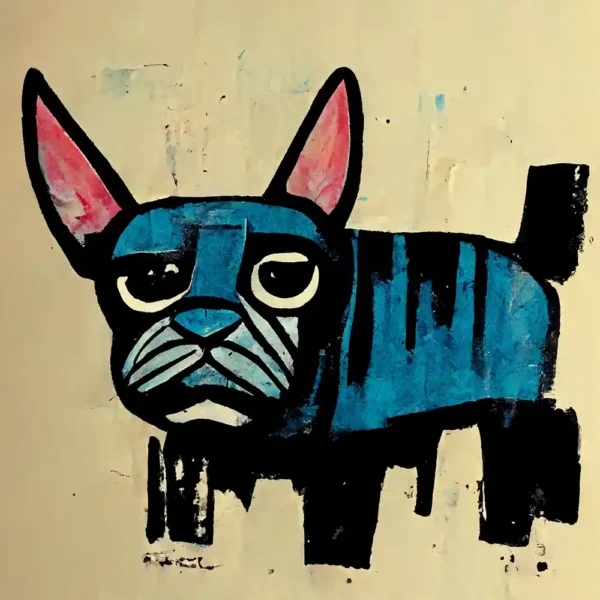
1920 was a turning point in the art world, with new styles and movements emerging. Some of the most famous artists from this period include Pablo Picasso, Salvador Dali, and Georgia O’Keeffe. These artists pushed the boundaries of what was possible in art, and their work continues to inspire us today. Let’s look closer at some of the most famous artists from 1920. We’ll learn about their backgrounds, artworks, and how they changed the course of art history.
Pablo Picasso
Pablo Picasso was one of the greatest artists to have ever lived. He was a prolific painter, sculptor, and graphic artist who revolutionized the world’s understanding of art. Picasso is widely credited with being a major influence on modern art and sculpture development. He developed his own unique artistic style, combining elements from many periods in art history, such as Byzantine, Classical, and Surrealism.
Over the years, Picasso created thousands of works of art, from oil paintings to ceramics to woodcut prints. He was most famous for painting in an expressive style known as “Cubism,” which fragmented objects into various pieces while maintaining their overall shape. In addition to creating famous works of art, Picasso worked vigorously as an advocate for world peace and engaged in political activism. His immense contributions to the world have been recognized through awards, iconic monuments, and retrospectives all over the globe celebrating his life’s work.
Today, he remains an inspiration for any aspiring artist who strives to push boundaries and make a meaningful impact on society. For those reasons alone, it is easy to see why Pablo Picasso will forever remain one of history’s most revered creative geniuses.
Georges Braque
Georges Braque is widely considered a master of 20th-century art. The French painter and sculptor was born in 1882 and studied Impressionism’s techniques and Cubism’s principles. He embodied both styles in his work, creating a unique combination of abstract form and vivid colors that are still highly influential today.
His early works, such as ‘The Billiard Table’ show a clear picture of his style, depicting everyday objects in abstract forms only partially recognizable by the viewer. Other notable works include his ‘Boat at Port-en-Bessin,’ which combines realistic elements with more abstract concepts to create a striking seascape painting. Later on, Braque expanded from painting to other media, exploring collage and ceramics, printmaking, and stained glass. T
hanks to Georges Braque’s contribution to the art world, we can enjoy a mixture of classic beauty and modern expression in one piece. His work inspires new generations of artists seeking to expand beyond traditional realism and find creative ways to express their ideas through mediums like sculpture or geometric abstraction.
By reshaping our understanding of earlier mediums he created, artists today appreciate the legacy left behind and innovate upon it while finding their own sacred way of presenting art.
Henri Matisse
Henri Matisse was one of the most influential and prolific artists of the 20th century. Born in northern France in 1869, his career spanned from before World War I to well after World War II. During that time, he created a remarkable range of artwork – from panels decorated with intricate patterns to freeform abstracts and paintings inspired by the French Riviera.
His works often feature lush colors and bold shapes, making them instantly recognizable. He also produced several sculptures, including many commissioned pieces for public buildings. From his early days as a young art student, Henri Matisse sought to draw inspiration directly from everyday life. He spent long hours studying images around him and in textbooks, developing a versatile talent for portraying figures on canvas or paper.
Later in life, he began experimenting more extensively with texture and form, creating highly expressive ‘cut-outs’ that line some of the world’s greatest galleries today. Above all, however, Henri Matisse is remembered for pushing against conventional norms within the art world – routinely challenging himself to create something new and unique no matter what others expected from him.
His timeless works inspire countless contemporaries, inspiring them to think deeply yet independently about their creativity. In this way, Matisse’s artistic legacy lives on even today.
Joan Miro
Famous for his colorful, abstract style of painting and sculpting, Joan Miro was one of the most influential and recognizable 20th-century artists. Born in 1893 in Barcelona, Spain, Miro was surrounded by art from an early age. Encouraged by his parents, he pursued formal artistic training at La Lonja in Barcelona 1910–11 and later attended the Academia de Llotja.
Although initially influenced by Fauvism and Cubism, the young artist soon developed a unique approach to creating artwork. To him, colors were like musical notes that could be used to express emotions in a visual form; shapes were symbols that helped to explore spiritual connections between people; texture added texture to non-objective forms. His innovation revolutionized modern art and represented an important milestone in 20th-century art history.
With works such as The Tilled Field (1923), The Farm (1921-22), Harlequin’s Carnival (1924-25), Catalan Landscape (1930), and Person Throwing a Stone at a Bird (1967), Miro has captivated audiences for decades with his masterful blend of abstract expressionism and surrealism that stands unlike anything else out there today. Miro redefined our understanding of what it means “to create”—and continues to inspire new generations of artists to this day.
Marcel Duchamp
For many, the name Marcel Duchamp is synonymous with artistic innovations of the early 20th century. Duchamp, born in 1887 and died in 1968, made unique contributions to modern art through various forms; painting, sculpture, assembling objects, and collage.
One of his most famous works was ‘Nude descending a Staircase,’ painted in 1912, which marked the beginning of his career as an iconoclast. His other works include ‘Fountain’ (1917), an inverted urinal presented to the Society of Independent Artists; ‘LHOOQ,’ a parody of Da Vinci’s Mona Lisa with mustache and beard added; and ‘The Bride Stripped Bare by her Bachelors,’ often referred to as The Large Glass (1915-23). All these masterpieces show how he had insight into experiments involving chance operations, wordplay, and visual puns that connected him with the Surrealism movement of the 1920s-30s.
In addition to being an artist in his own right, Duchamp was influential to other artists and served as an ambassador for modern art during his lifetime. He could fearlessly redefine art by disregarding conventional methods, which now sets him apart from his contemporaries, although much remains a mystery about Marcel Duchamp’s legacy.
Through this unconventional approach, he rewrote the entire definition of art by using everyday objects from mass production culture to create revolutionary masterpieces — pushing the viewer’s imagination further than they knew they were capable. Even today, one hundred years after his shocking debut, “Nude Descending Staircase,” made history, he continues to inspire generations – affirming his rightful place among some of art’s greatest pioneers.
Salvador Dali
The name Salvador Dali is synonymous with surrealism and modern art. During the early 20th century, his work transcended artistic boundaries, making him one of the most influential European painters. From his iconic “The Persistence of Memory” (1931) to his eccentric personality and clothing, Dali impacted the art world. He was heavily influenced by Sigmund Freud’s psychoanalytic theories and often incorporated symbolism into his works that represented and explored personal dreams and desires.
Throughout his career, he often painted vivid scenes featuring unusual juxtapositions of items or people in unconventional poses. Dali’s notorious use of odd perspectives created a perception of motion, like melting clocks and other objects set against vast landscapes, allowing him to explore ideas about transformation.
His works reflect a great appreciation towards nature and an unending curiosity for understanding life itself — a theme that continues to resonate within society today. Despite years having passed since his death in 1989, his artwork continues to be celebrated worldwide as an iconic masterpiece defining an era in art history.
The works of these six artists have had a profound impact on the development of art, and their influence is still seen in the work of contemporary artists. While their styles differed, they all shared a passion for breaking boundaries and experimenting with new techniques and mediums.
Artists From Other Decades And Years
- Popular Artists From The 1900s
- Popular Artists From The 1910s
- Popular Artists From The 1930s
- Popular Artists From The 1940s
- Popular Artists From The 1950s
- Popular Artists From The 1960s
- Popular Artists From The 1970s
- Popular Artists From The 1980s
- Popular Artists From The 1990s
- Popular Artists From The 2000s
- Popular Artists From The 2010s
- Popular Artists From The 2020s
Check out some of our products
-
 Vincent Van Gogh Style Pug T-Shirt£25.00
Vincent Van Gogh Style Pug T-Shirt£25.00 -
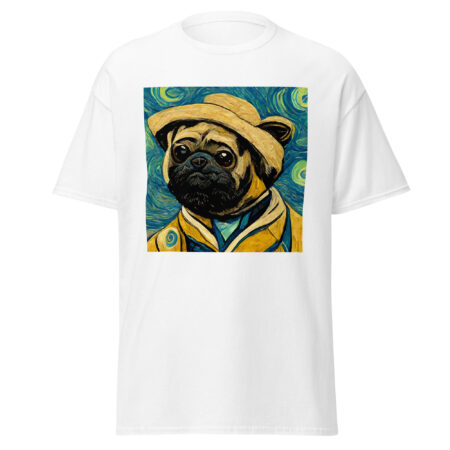 Vincent Van Gogh Style Pug T-Shirt£25.00
Vincent Van Gogh Style Pug T-Shirt£25.00 -
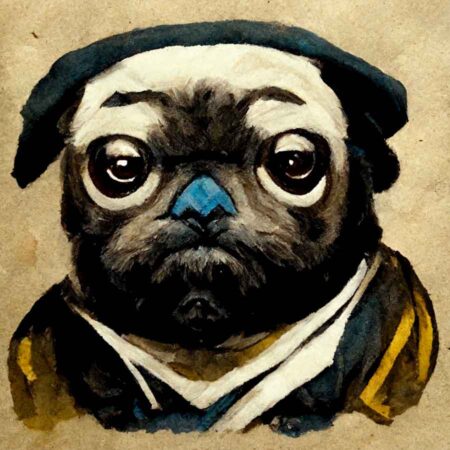 Rembrant Style Pug Poster£30.00
Rembrant Style Pug Poster£30.00 -
 Vincent Van Gogh Style Labrador T-Shirt£25.00
Vincent Van Gogh Style Labrador T-Shirt£25.00 -
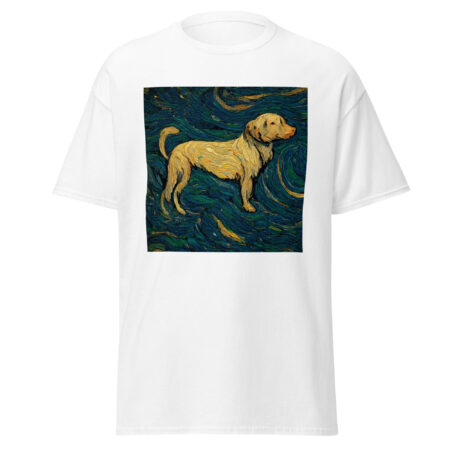 Vincent Van Gogh Style Labrador T-Shirt£25.00
Vincent Van Gogh Style Labrador T-Shirt£25.00 -
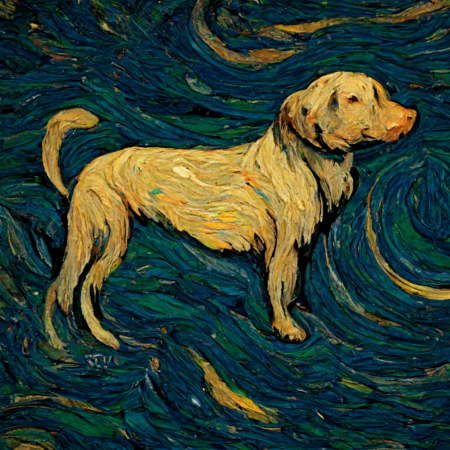 Vincent Van Gogh Style Labrador Poster£30.00
Vincent Van Gogh Style Labrador Poster£30.00 -
 Paul Cezanne Style Labrador T-Shirt£25.00
Paul Cezanne Style Labrador T-Shirt£25.00 -
 Paul Cezanne Style Labrador T-Shirt£25.00
Paul Cezanne Style Labrador T-Shirt£25.00 -
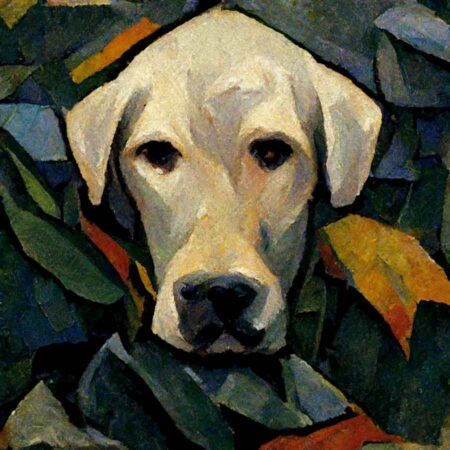 Paul Cezanne Style Labrador Poster£30.00
Paul Cezanne Style Labrador Poster£30.00
by
Tags: